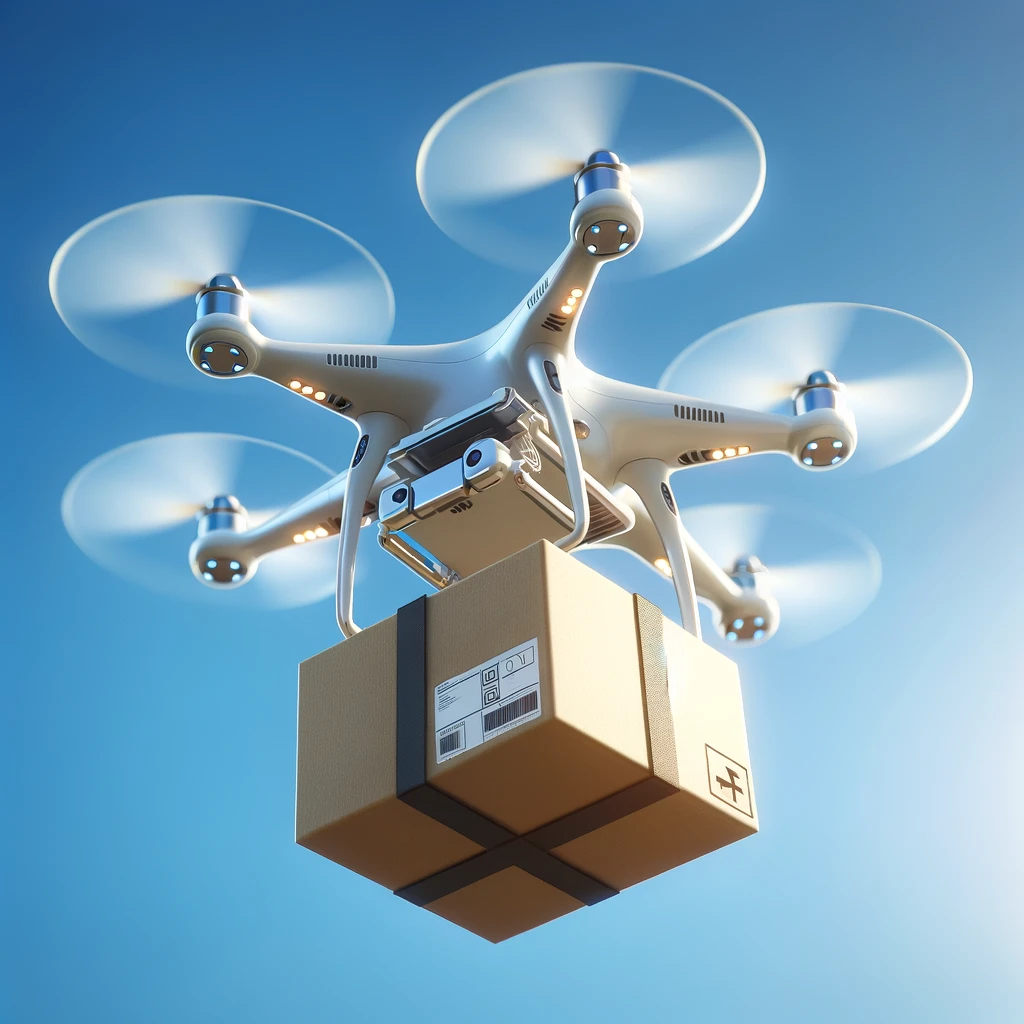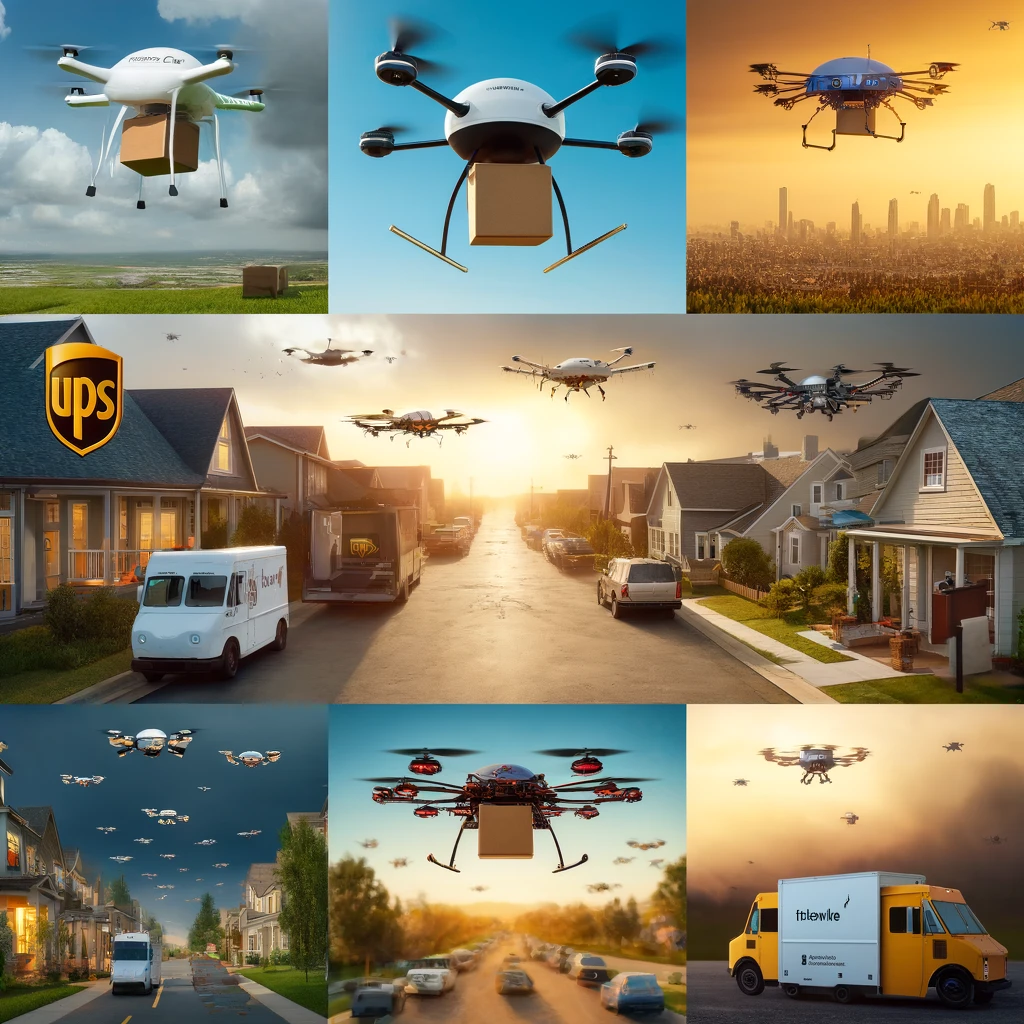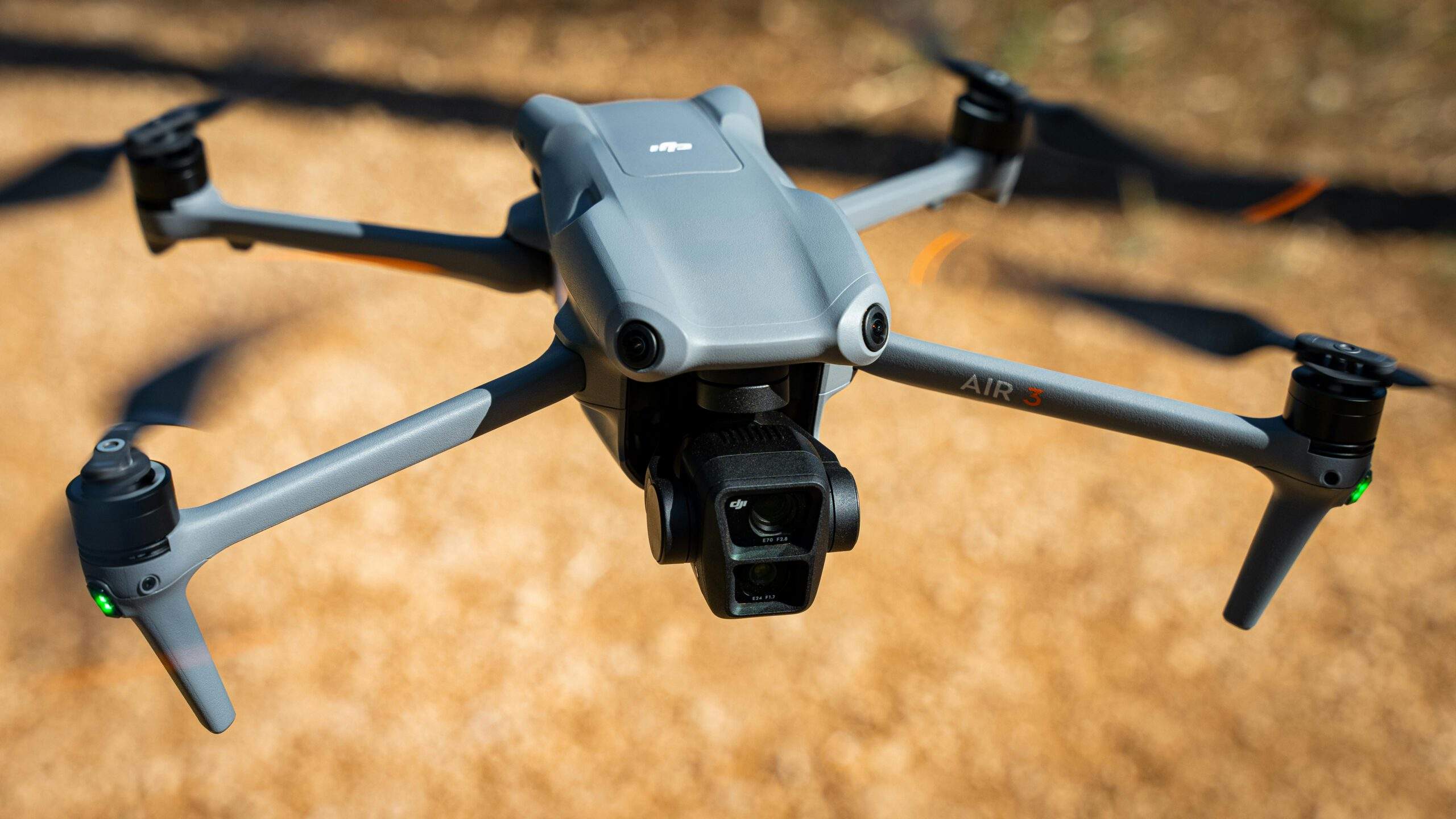As a drone enthusiast, I have spent the last five years immersed in the world of unmanned aerial vehicles (UAVs). What began as a hobby quickly evolved into a fascination with how drones are revolutionizing various sectors, particularly logistics and e-commerce. The rise of drone delivery is not just a technological marvel; it’s a transformative shift that promises to reshape the way we think about shipping and receiving goods.
The Evolution of Drone Delivery
Drone delivery has come a long way from its speculative origins. Initially, the idea of drones delivering packages seemed like a distant fantasy, but today, companies like Amazon, UPS, and Google’s Wing are making it a reality. These industry giants are conducting extensive trials and pilot programs, pushing the boundaries of what drones can achieve.
The evolution has been swift. Early drones were simple, often struggling with limited battery life and payload capacities. However, advancements in technology have led to more sophisticated UAVs capable of longer flights, carrying heavier loads, and navigating complex environments with ease. This progress has set the stage for a new era in logistics.

Benefits of Drone Delivery
Speed and Efficiency
One of the most significant advantages of drone delivery is its speed. Drones can bypass traffic and take the most direct routes, drastically reducing delivery times. Imagine receiving your online order within minutes of purchase, a reality that drone delivery is set to achieve.
Cost-Effective
The economic benefits are equally compelling. Last-mile delivery, the final step of the delivery process, is often the most costly. Drones can mitigate these expenses by reducing the need for human labor and fuel, ultimately lowering the overall cost of delivery.
Environmental Impact
Drones also offer a greener alternative to traditional delivery methods. Electric drones produce zero emissions, making them an environmentally friendly option. As the world increasingly prioritizes sustainability, drone delivery presents a viable solution to reducing the carbon footprint of logistics.

Challenges and Considerations
Despite the promising benefits, several challenges remain. Regulatory hurdles are perhaps the most significant. Governments worldwide are still crafting the rules and regulations needed to ensure the safe integration of drones into commercial airspace. Companies must navigate these complex legal landscapes to expand their drone delivery services.
Technical limitations also persist. While drone technology has advanced, issues like battery life, payload capacity, and reliable navigation systems still need improvement. Furthermore, safety and privacy concerns must be addressed. Ensuring drones can safely operate in populated areas and respect individuals’ privacy rights is crucial for public acceptance.
Success Stories and Innovations
Despite these challenges, several companies have made impressive strides. Google’s Wing has conducted thousands of successful deliveries in Australia, Finland, and the United States, partnering with local businesses to deliver everything from food to medical supplies. Similarly, Amazon’s Prime Air aims to deliver packages weighing up to five pounds within 30 minutes, leveraging advanced drones equipped with cutting-edge sensors and navigation systems.
Wing –
Wing, a subsidiary of Alphabet, designs, manufactures, and deploys delivery drones that meet high safety and reliability standards. With over 350,000 commercial deliveries across three continents, Wing’s drones deliver various goods, including groceries, medicine, and hot food, in as little as 30 minutes. Their system integrates with existing on-demand delivery apps and e-commerce platforms, aiming to lower delivery costs for retail, logistics, and healthcare sectors. Wing is currently partnering with Walmart in Dallas-Fort Worth for rapid grocery deliveries.
For more information, visit Wing’s website.
Amazon Prime Air –
Amazon’s Prime Air is pioneering rapid drone delivery, aiming to transport packages up to five pounds in under an hour. The program highlights significant advancements, including a new drone design capable of flying in light rain and operational launches in Italy, the UK, and parts of the US. Amazon’s drone delivery system promises to revolutionize logistics by offering faster, more efficient, and sustainable delivery options, demonstrating the company’s commitment to innovative technology and enhanced customer service.
For more details, visit Amazon Prime Air.
The Future of Drone Delivery
The future of drone delivery looks incredibly promising. As technology continues to evolve and regulatory frameworks become more accommodating, we can expect broader adoption of drone delivery services. Innovations such as automated delivery systems, improved battery technology, and enhanced AI capabilities will further drive this growth.
Conclusion
Drone delivery is poised to transform the logistics and e-commerce landscape fundamentally. Its potential for faster, more cost-effective, and environmentally friendly delivery solutions is undeniable. However, overcoming regulatory and technical challenges will be crucial for its widespread adoption. As companies continue to innovate and refine their drone delivery systems, the vision of drones routinely delivering packages to our doorsteps is becoming an exciting reality.

In my journey to a drone enthusiast, I have witnessed firsthand the incredible advancements in this field. The rise of drone delivery is not just a trend; it’s a pivotal development that will reshape how we receive goods and services, heralding a new era in logistics and e-commerce.













